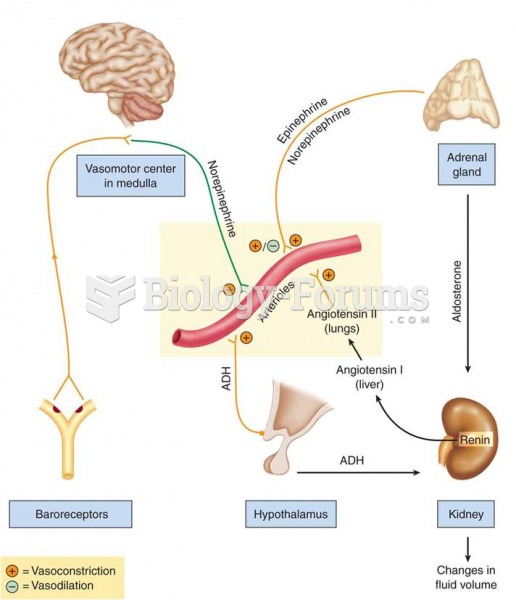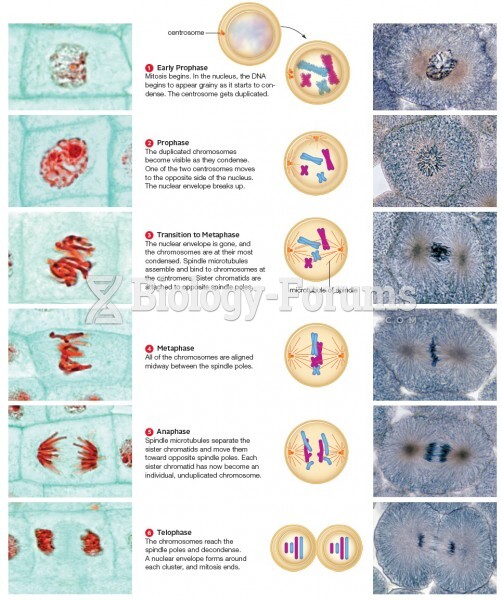|
|
|
There used to be a metric calendar, as well as metric clocks. The metric calendar, or "French Republican Calendar" divided the year into 12 months, but each month was divided into three 10-day weeks. Each day had 10 decimal hours. Each hour had 100 decimal minutes. Due to lack of popularity, the metric clocks and calendars were ended in 1795, three years after they had been first marketed.
This year, an estimated 1.4 million Americans will have a new or recurrent heart attack.
After 5 years of being diagnosed with rheumatoid arthritis, one every three patients will no longer be able to work.
A seasonal flu vaccine is the best way to reduce the chances you will get seasonal influenza and spread it to others.
The Romans did not use numerals to indicate fractions but instead used words to indicate parts of a whole.







